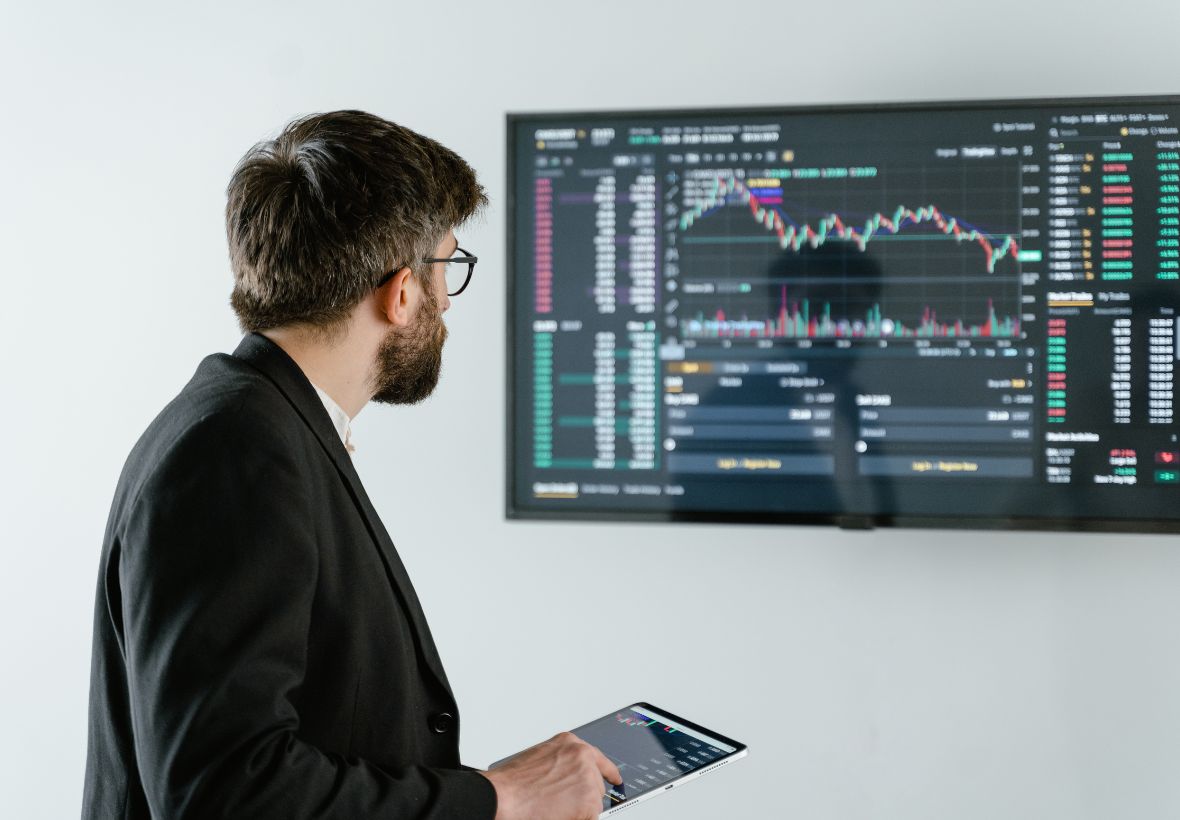Forex trading bots, also known as expert advisors or algorithmic trading systems, are computer programs designed to automatically execute trades in the forex market. These bots can analyze market data, identify trading opportunities, and execute trades based on predefined parameters and strategies. By using a trading bot, traders can eliminate emotional biases and human errors, while benefiting from the speed and efficiency of automated trading.
Conception the Forex Market
Before diving into the creation of a forex trading bot, it is crucial to have a solid understanding of the forex market. The forex market is the largest and most liquid financial market in the world, where currencies from different countries are traded. Traders aim to profit from fluctuations in exchange rates by buying and selling currency pairs. Factors such as economic indicators, geopolitical events, and market sentiment influence currency prices.
Defining Your Trading Strategy
To create an effective forex trading bot, you need to define a clear and well-defined trading strategy. Your trading strategy should outline the conditions for entering and exiting trades, as well as the risk management measures to be implemented. Consider factors such as technical indicators, fundamental analysis, and risk tolerance when designing your strategy. Backtesting your strategy using historical data can help you evaluate its performance and make necessary adjustments.
Choosing the Right Trading Platform
Selecting the appropriate trading platform is a crucial step in creating a forex trading bot. The trading platform should provide robust features for automated trading and offer a programming environment for bot development. Popular platforms like MetaTrader 4 (MT4) and MetaTrader 5 (MT5) are widely used and offer comprehensive tools and resources for building and testing trading bots.
Programming Your Trading Bot
Once you have chosen a trading platform, it’s time to program your forex trading bot. Most trading platforms provide a programming language specifically designed for creating trading bots. For example, MQL4 and MQL5 are the programming languages used in MetaTrader platforms. You will need to learn the syntax and functions of the programming language to implement your trading strategy into a functional bot.
Implementing Risk Management Measures
Risk management is a critical aspect of forex trading. Your trading bot should incorporate risk management measures to protect your capital and minimize losses. Consider implementing features such as stop-loss orders, take-profit levels, and position sizing rules to manage risk effectively. These measures will help you control the amount of capital at risk and ensure long-term profitability.
Backtesting and Optimization
When it comes to developing a successful forex trading bot, two crucial steps are backtesting and optimization. These processes play a vital role in evaluating the performance of your bot and fine-tuning its trading strategy. In this article, we will explore the significance of backtesting and optimization, along with a comparative table that highlights their key differences and benefits.
Backtesting: Evaluating Historical Performance
Backtesting involves testing your forex trading bot on historical market data to simulate real trading conditions. By running your bot on past data, you can assess how well it would have performed in different market scenarios. This process provides valuable insights into the strengths and weaknesses of your trading strategy, allowing you to make informed decisions about its effectiveness.
During backtesting, your trading bot executes trades based on predefined rules and parameters, just as it would in live trading. By comparing the bot’s performance against historical data, you can analyze factors such as profitability, risk management, and overall trading outcomes. This evaluation helps identify potential flaws and areas for improvement, leading to enhanced performance and profitability.
Optimization: Fine-Tuning Your Trading Strategy
Once you have conducted thorough backtesting, the next step is optimization. Optimization involves refining and adjusting your trading strategy to maximize its performance and profitability. During this process, you fine-tune the parameters, indicators, and rules of your bot to achieve better results in future trading.
Optimization can be carried out using various techniques, such as parameter sweeping, genetic algorithms, or optimization algorithms provided by trading platforms. By systematically testing different combinations of parameters and indicators, you can identify the optimal settings that yield the highest returns and minimize risks.
It is important to strike a balance during optimization. While it is tempting to optimize your bot to perform exceptionally well on historical data, overly optimizing it may lead to overfitting. Overfitting occurs when a bot is excessively tailored to past data, resulting in poor performance in real-time trading. Therefore, it is crucial to optimize your bot while maintaining its adaptability to changing market conditions.
Now, let’s compare backtesting and optimization in a table to highlight their key features:
|
Feature |
Backtesting |
Optimization |
|
Purpose |
Evaluate historical performance |
Fine-tune trading strategy |
|
Execution |
Simulated trading on historical data |
Adjust parameters and indicators |
|
Performance Analysis |
Assess profitability and risk |
Identify optimal settings |
|
Goal |
Identify strengths and weaknesses |
Maximize performance and profitability |
|
Importance |
Essential for strategy evaluation |
Enhances bot’s performance |
Both backtesting and optimization are essential steps in the development of a forex trading bot. While backtesting allows you to evaluate historical performance and identify areas for improvement, optimization fine-tunes your trading strategy for optimal results in future trading.
Deploying Your Forex Trading Bot
Once you are satisfied with the backtesting results and have optimized your trading bot, it’s time to deploy it in live trading. Be cautious and start with a small amount of capital to test the performance of your bot in a real-time trading environment. Monitor the bot closely and make necessary adjustments if required. It is essential to stay updated with market conditions and adapt your bot accordingly.
Monitoring and Adjusting Your Bot’s Performance
Continuous monitoring and adjustment are necessary to ensure the optimal performance of your forex trading bot. Regularly review the bot’s performance, analyze trade logs, and make adjustments as needed. Market conditions and trends can change, requiring modifications to your trading strategy or indicators. Stay informed about economic news, global events, and market sentiment to make informed decisions about your bot’s performance.
Advantages and Limitations of Forex Trading Bots
Forex trading bots offer several advantages, including:
- Automation: Bots can trade 24/7 without human intervention, taking advantage of opportunities across different time zones.
- Emotion-free Trading: Bots eliminate emotional biases and make objective trading decisions based on predefined rules.
- Speed and Efficiency: Bots can execute trades instantly, reacting to market conditions in milliseconds.
However, it’s important to be aware of the limitations:
- Technical Risks: Bugs or glitches in the bot’s programming can lead to unexpected trading behavior or losses.
- Dependency on Market Conditions: Bots’ performance is heavily influenced by market conditions and may struggle in certain market environments.
- Continuous Monitoring: Bots require regular monitoring and adjustments to adapt to changing market conditions.


Leave a Reply